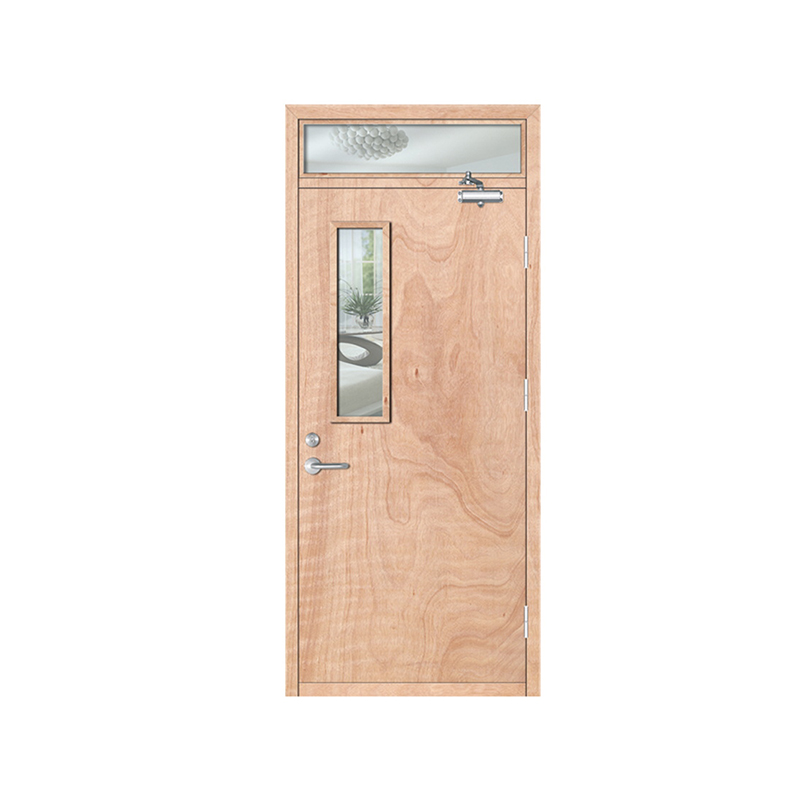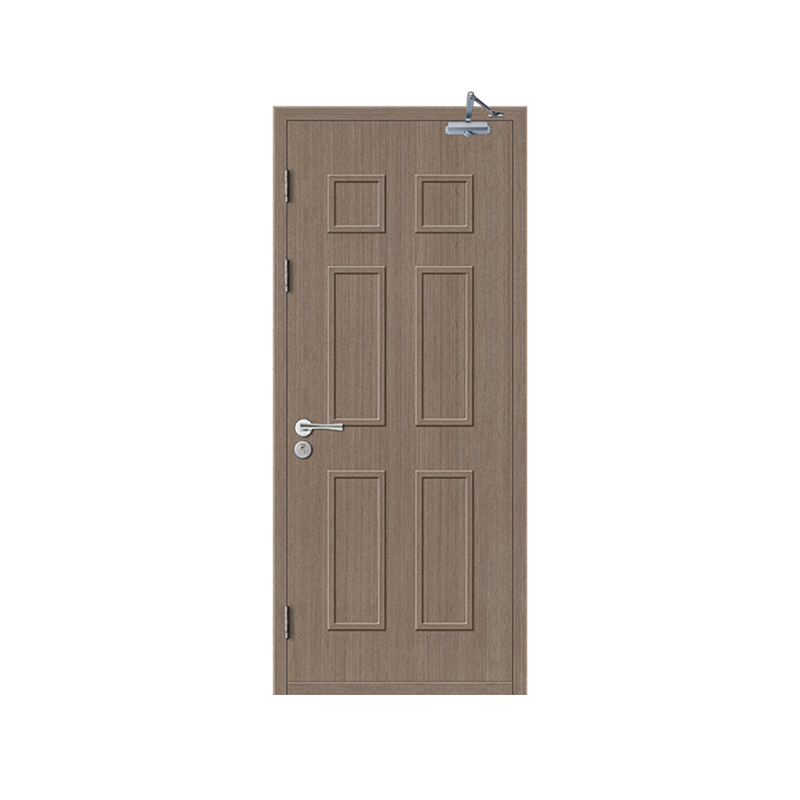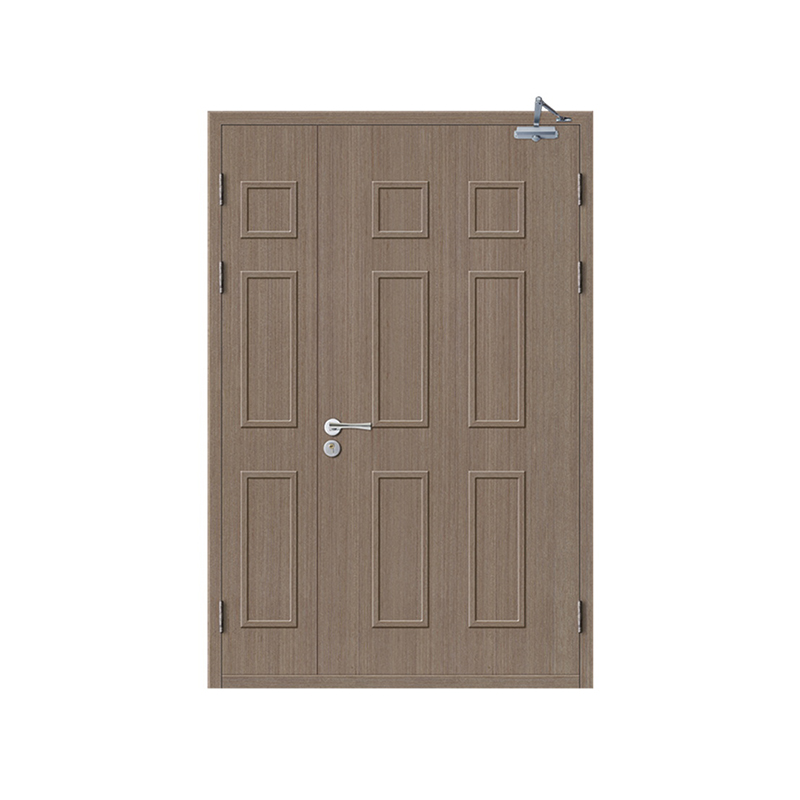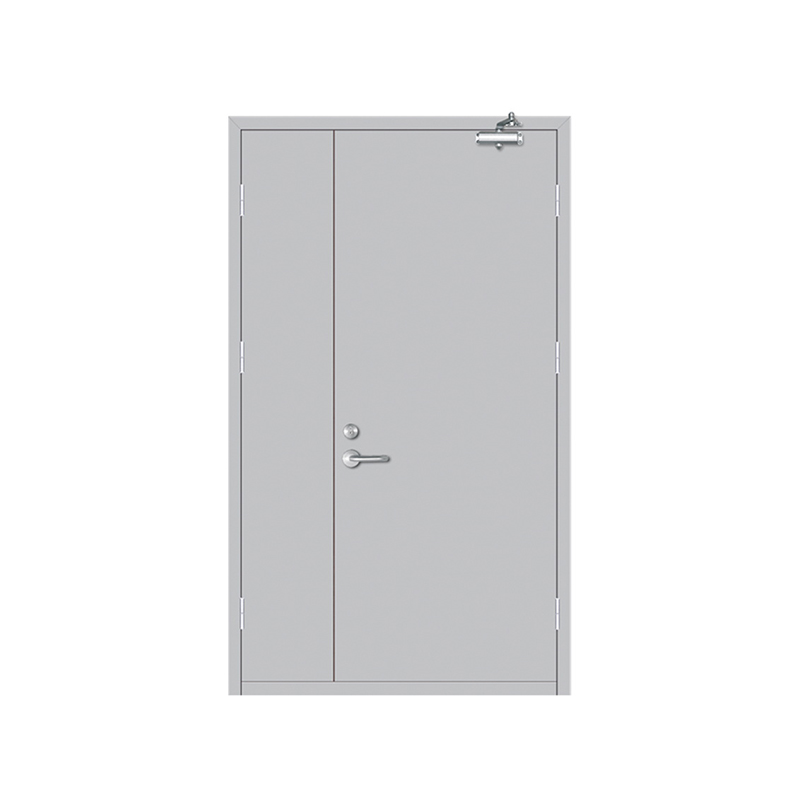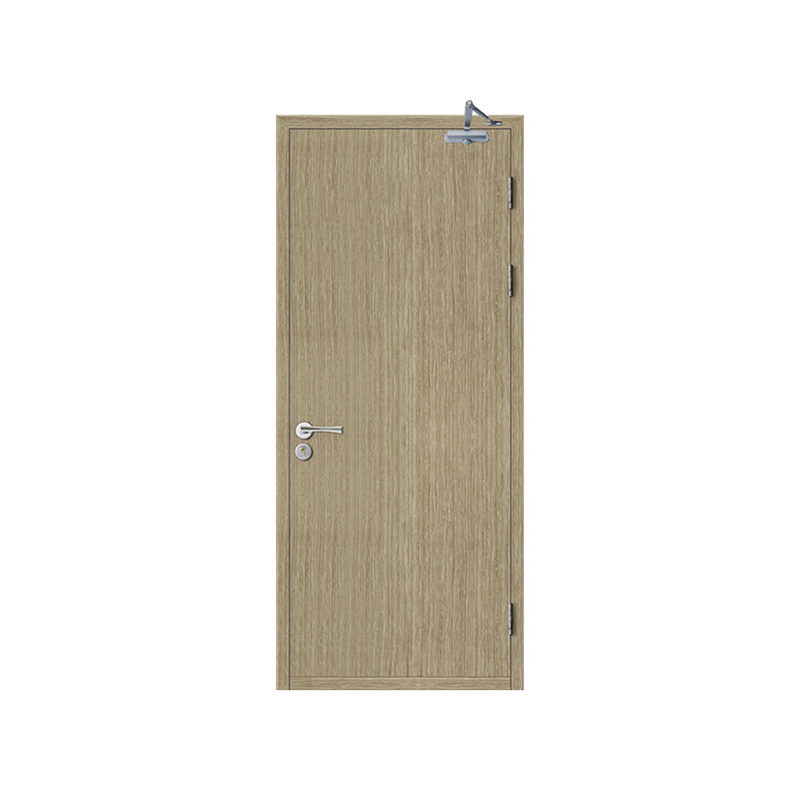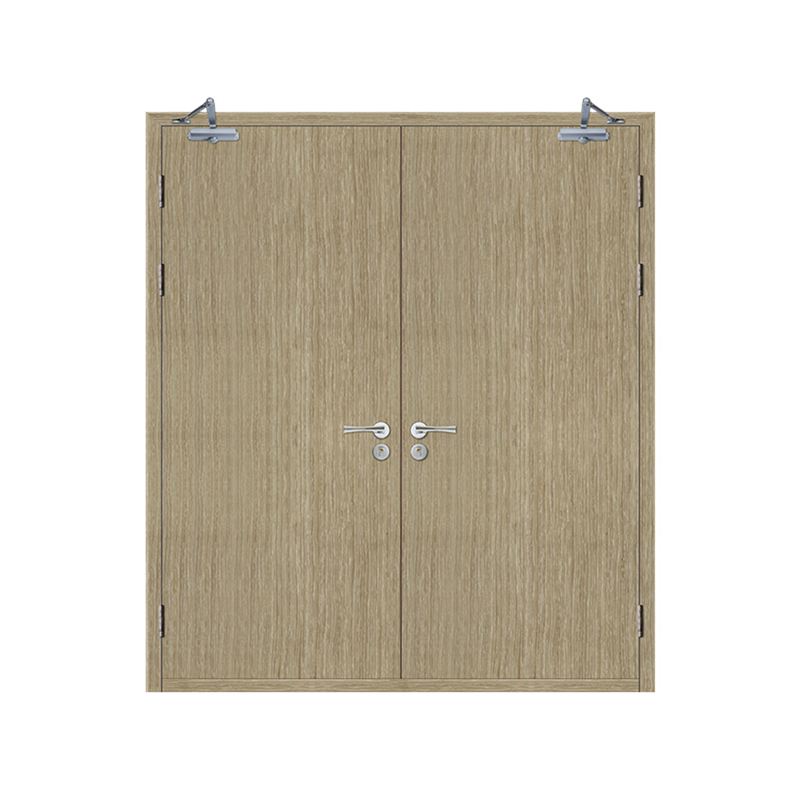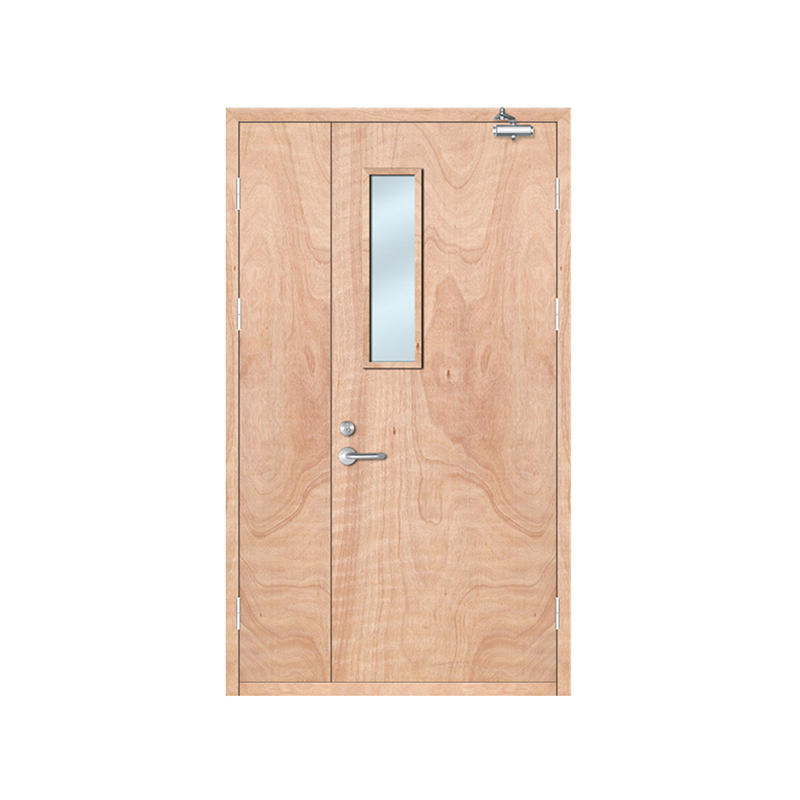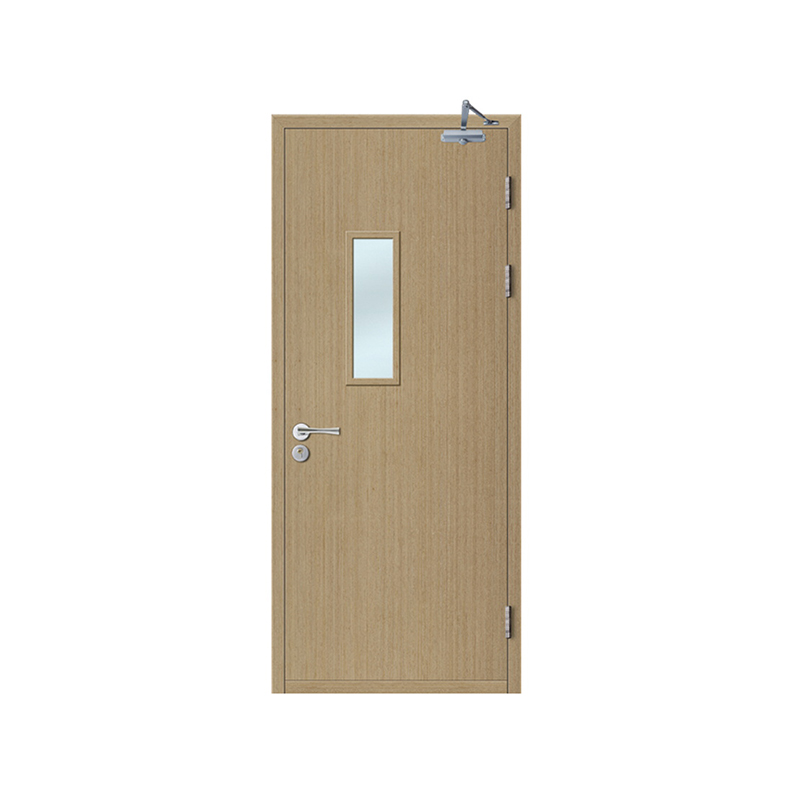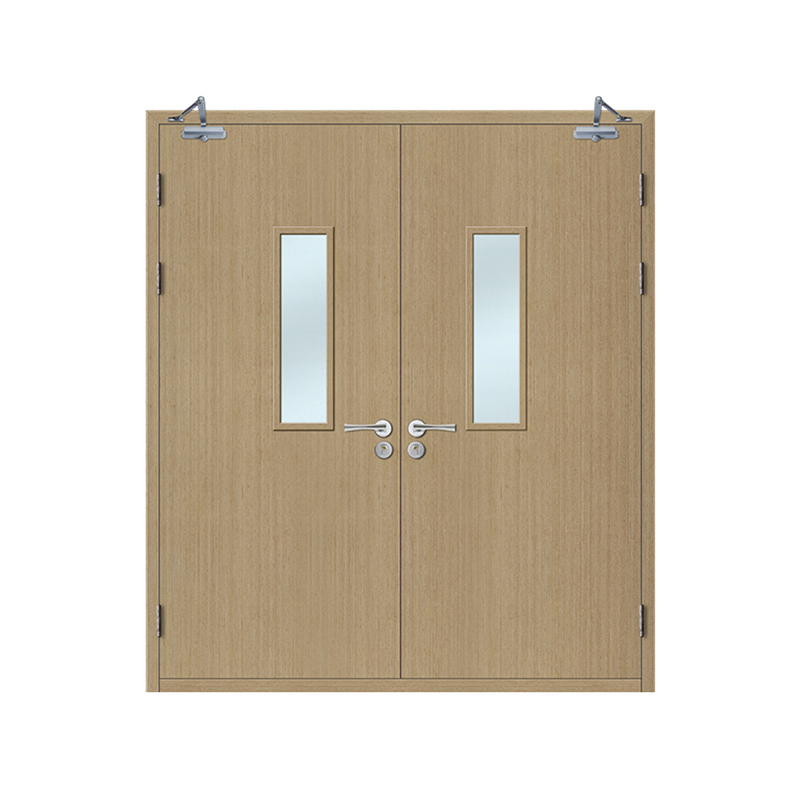Fire-rated doors are specially designed to resist the spread of fire and smoke within buildings, providing a critical barrier that helps protect lives and property. Constructed with fire-resistant materials, these doors are rigorously tested to meet specific fire-resistance standards, often ranging from 30 minutes to several hours. Fire-rated doors are commonly used in commercial buildings, residential complexes, and industrial settings to create fire-resistant zones and help control the movement of smoke and flames during a fire emergency.
Advantages of Fire-Rated Doors
Enhanced Fire Safety
The primary benefit of fire-rated doors is their ability to delay the spread of fire and smoke, offering precious time for occupants to evacuate and for emergency responders to intervene. By acting as a barrier, these doors help limit the damage caused by fire, protecting both people and property.
Building Code Compliance
Many building codes and fire safety regulations require the installation of fire-rated doors in certain areas. By choosing fire-rated doors, property owners ensure compliance with local safety regulations and avoid potential fines or penalties. These doors are tested and certified by recognized authorities, guaranteeing their performance in the event of a fire.
Durability and Long-Term Protection
Fire-rated doors are built to withstand harsh conditions, not only from fire but also from general wear and tear. Their materials are selected for strength and longevity, providing reliable performance throughout their lifespan. This makes them a long-term investment in fire safety.
Smoke Containment
In addition to fire resistance, fire-rated doors are designed to limit the spread of smoke. Smoke inhalation is a major cause of injury and death in fires, so doors that prevent the passage of smoke can significantly increase safety and reduce risks to building occupants.
Features of Fire-Rated Doors
Fire-Resistant Core Materials
Fire-rated doors are typically made with a core material that can withstand high temperatures for extended periods. These materials include mineral core, honeycomb core, and expanded polystyrene, all of which are designed to resist heat and fire. The specific rating of the door (e.g., 30 minutes, 60 minutes, or 90 minutes) depends on the core material and the door's construction.
Seals and Gaskets for Smoke Control
To ensure smoke doesn’t leak around the edges, fire-rated doors are often equipped with intumescent seals or gaskets. These seals expand when exposed to heat, closing any gaps between the door and its frame, preventing the passage of smoke during a fire. This feature is essential for maintaining the integrity of the fire barrier.
Heavy-Duty Construction
Fire-rated doors are built with reinforced frames and sturdy hardware, including fire-resistant hinges, locks, and latches. These components are designed to remain operational even in extreme conditions, ensuring the door remains secure and functional throughout a fire event.
Variety of Styles and Finishes
While fire-rated doors are primarily designed for safety, they can also be aesthetically pleasing. These doors are available in a range of styles, including solid wood, metal, or composite finishes, and can be customized with a variety of colors and textures. This makes it possible to incorporate fire safety measures into both industrial and residential spaces without compromising design preferences.
Applications of Fire-Rated Doors
Commercial Buildings
In commercial environments such as offices, hospitals, shopping centers, and hotels, fire-rated doors are essential for maintaining fire safety standards. These doors are installed in critical areas such as stairwells, hallways, and between different sections of the building to create fire zones and prevent the spread of smoke and flames.
Residential Properties
Fire-rated doors are also required in residential settings, particularly in multi-unit buildings, such as apartment complexes and condominiums. They are typically installed between apartments and common areas like hallways, staircases, and mechanical rooms. In private homes, they may be used in garages, basements, or between the house and living spaces to enhance safety.
Industrial and Manufacturing Facilities
In factories and warehouses where hazardous materials or equipment are used, fire-rated doors play a crucial role in preventing the spread of fires. They can be used to separate different zones within the facility, ensuring that fires are contained and do not escalate into larger disasters. These doors are often part of a broader fire protection system that includes sprinklers, alarms, and fire extinguishers.
Schools and Healthcare Facilities
Fire-rated doors are crucial in schools and healthcare facilities, where large numbers of people may need to evacuate quickly in case of a fire. In these settings, fire-rated doors are strategically placed in corridors, classrooms, and patient rooms to delay fire and smoke spread, giving occupants the time they need to safely exit the building.
Fire-rated doors are a vital element in any fire protection strategy, offering reliable and effective resistance to fire and smoke. Their benefits extend beyond just safety, contributing to building code compliance, durability, and long-term protection. With a variety of materials, styles, and finishes, fire-rated doors can be tailored to suit both functional and aesthetic needs, making them suitable for a range of applications, from commercial buildings to residential complexes and industrial settings. By investing in fire-rated doors, property owners can ensure a higher level of protection for occupants, assets, and the building itself in the event of a fire emergency.

 English
English русский
русский Français
Français Español
Español عربى
عربى